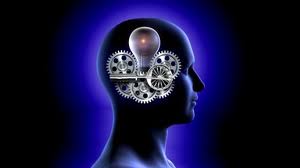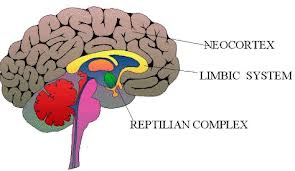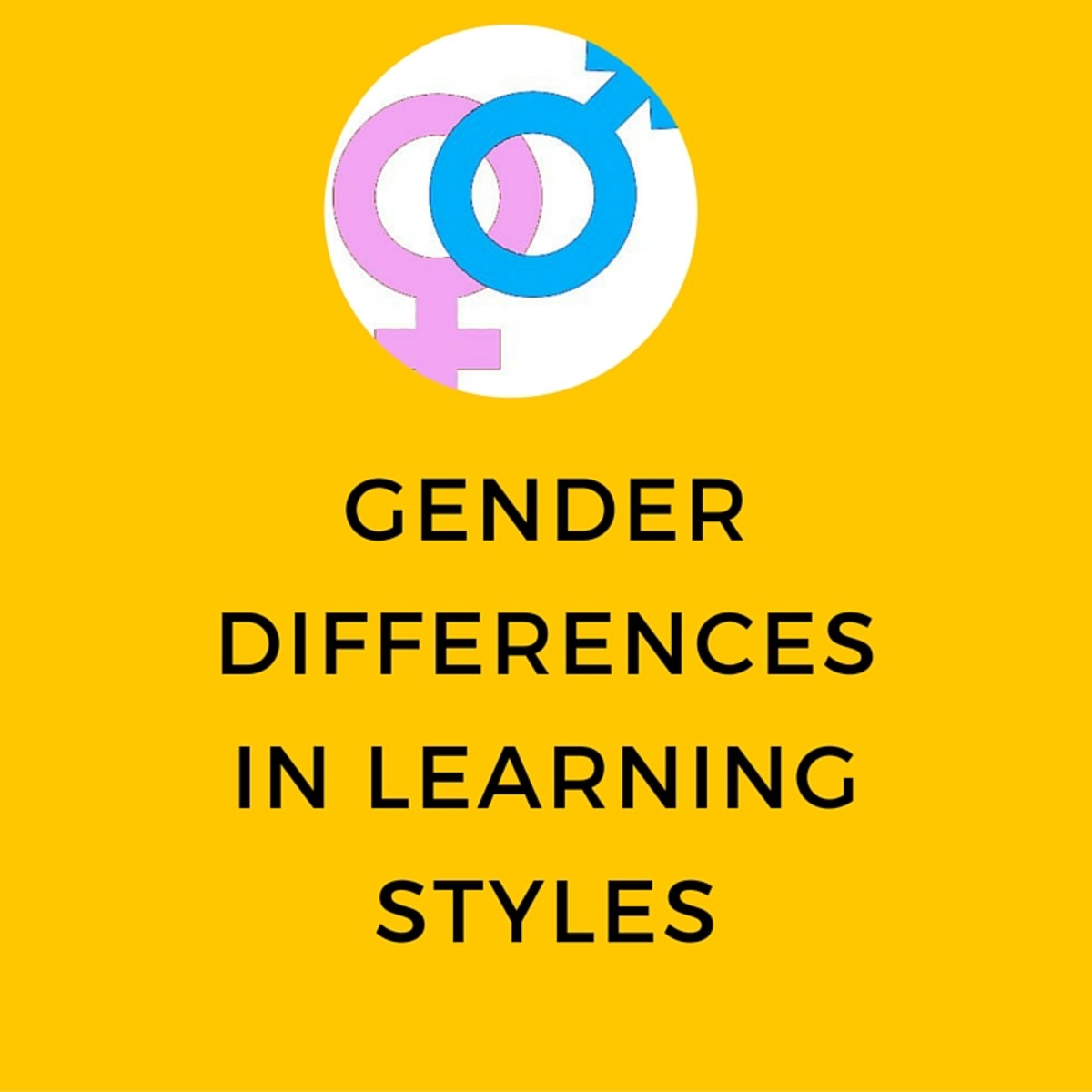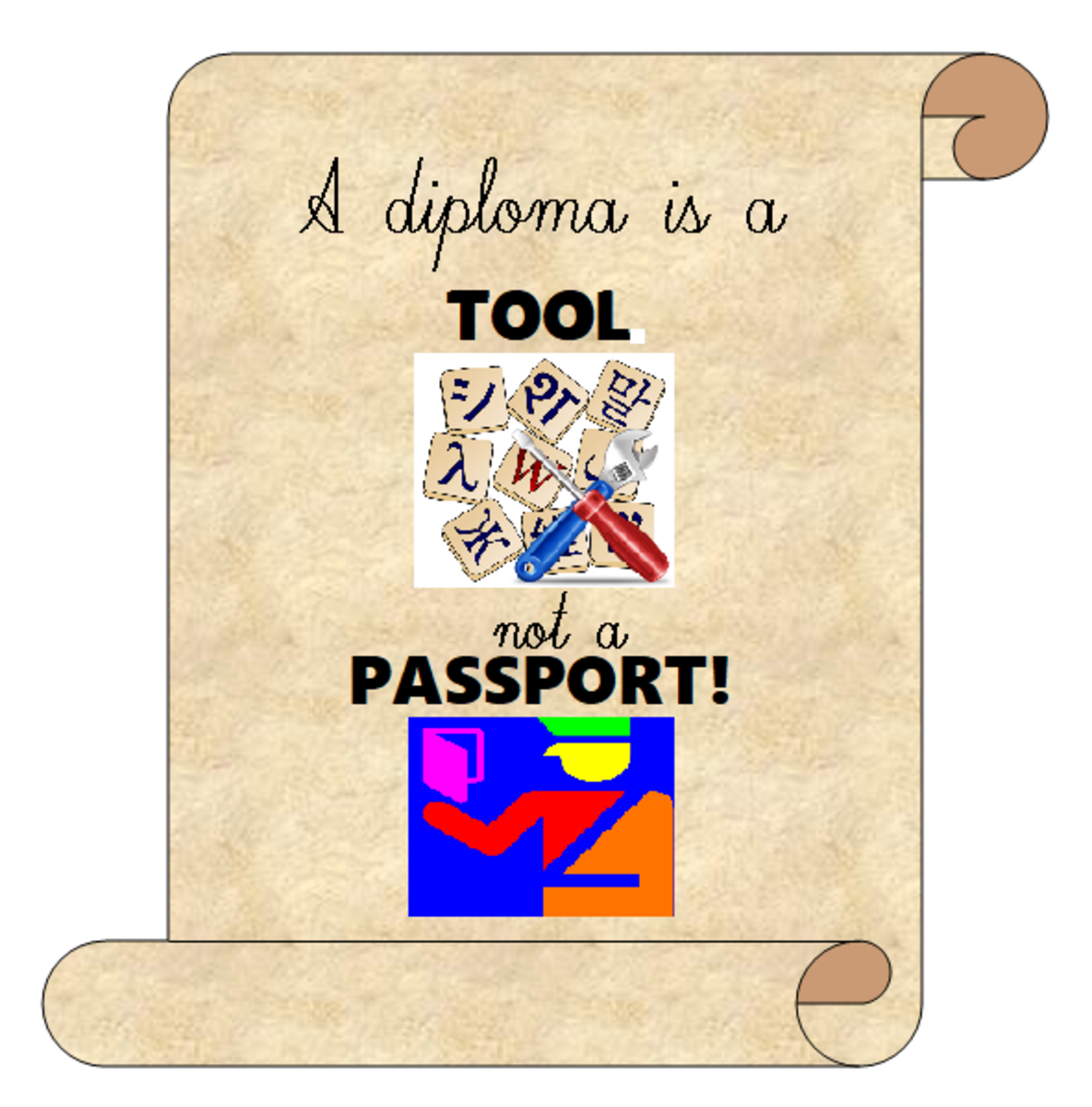Good Study Habits For College ( How To Learn The Easy & Fast way)


Techniques on increasing memory (How the brain works)
Before we talk about how to increase the brain's To retain information more effectively, let's talk about the brain and its three-parts. The first part of the brain is the Reptilian Which is the brain part of the brain that connects directly to your spinal cord. This part of the brain that is for auxiliary function such as breathing, blinking, reacting and all the functions that you don't think about your day to day activities. The next section of your brain is called the middle brain. The Middle brain acts like a switchboard. Its primary functions are to take in information from your eyes, ears and your touch function information which is received from your reptilian brain. Its second function Is to decide if the information is worth keeping or not according to its importance. It's important to decide about two factors. The first is By repetition of a particular moment in time. The second Is decided by the amount of emotional shock brain receives. If either of those two factors are triggered The name in the brain sends it up to your cerebral cortex to be stored. The third and final part of your brain Is the cerebral cortex. The cerebral cortex is the top of Your brain. The cerebral cortex is divided into two hemispheres. Be first on your left hemisphere It is for logical thoughts. While the Second hemisphere is for Creative or abstract functions. The middle brain uses this separation To help organize memories By placing Information into their perspective category.
Check this learn course out it got me through college with an 3.4 gpa http://bit.ly/1eAfX5s.


How to Increase Your memory (applying memory princibles)
Now let's go deeper into how memory works. As we established above memory is assigned by the middle section of your brain Scientifically known as the Limbic system. We also established that doesn't brain holds on the memories that It does not register as important and that importance is dictated by repetition and the amount of emotional effect it has on you and your brain. I remember when I was working in marketing. The rule of thumb when it came to branding any company or item. We had to make sure people that firstly, saw the brand more than three times. Then secondly, we made sure we shocked them emotionally so they would remember it. This is why when you see commercials on TV or hear them on the radio. The ones you remember are the ones that have repetition and catch you off guard. The next thing you know your singing jingles or repeating their catch lines in your a conversation at work.
So how do we apply this knowledge to our memory to our benefit? Simple, If this pertinent information that you wish to remember such as the vocabulary words or actions. All you have to go over the information three times and secondly found a way to build an emotional connection with it. The first part is very simple, and you can always build an emotional connection with anything just to look and it had to be creative. Two ways I've found to do this to make a funny song, or mental picture a funny moment that incorporates the definition or the equation. But how do if there is a lot of information and you don't have time to read or to look at something three times in order to remember. It is a simple answer to this that will save you lots of time and headaches. In order for me to discuss that we must first learn about three main ways your brain learns.
What Are The Three Parts Of The Brain
view quiz statisticsThe three major learning types
Types of learning.
- Auditory learning-this type of learning consists of listening. Hearing information to your brain can process it.
- Kinesthetic learning-this type of learning and slow person who needs to be physically active. So you must touch, it, They must feel we must do in order to remember.
- Visual learning-this type of learner has to see visualized it had a picture of it and throw them in order for it to register with their brain.

How to use learning styles to increase memory and decreased time to remember
As we stated above. There are three major parts of the brain be reptilian brain, The limbic or middle brain and the neo cortex. We also discussed their functions within the brain. Now you let us discuss the three different types of learning styles. The main learning styles are auditory, visual, and kinetic. Depending upon, which is your strongest suit. The better, and the more efficient your brain will function when it comes to memory. Once you thought your main learning style. You should focus on using that style primarily when It comes to studying, but I wouldn't just leave it there. What I have found is that you always try to incorporate the other two, in accordance to their strength within your learning capabilities. For example, say I'm an audio or the best way for me to learn is to look for videos, read aloud to record my readings and play them back or record the lecture when I'm in class. To support their learning style. I would incorporate the other two with its flash cards were kinesthetic and visual new couple to three in memory is tricked into believing that it is very important that it remembers the information.
Advanced Learning
How To Find Out Your Learning Style.

How to recall information instantly
Once you've committed something to memory you will need to recall. The system for assigning information for recall is called pegging. It's a real simple system for associating things that you permanently or have ingrained in memory with new information. This process works very well the downfall is having to train your mind to do it. Once that is done, and you can do this every single time and recall information at the snap of a finger.
- The first step in taking its two takes a sheet of paper and create a list of 10 body parts(* we call this a pegging tree). We choose your body as an example because your body is a familiar thing that you know with your open or eyes closed.
- Next, take the newly acquired information and imagine it written in a funny way or involved in something funny with that body part.
- Then open your eyes and do it again (*Note remember the three time rule)
- Lastly, touch that body part that you attached the information to trigger the memory. A brief picture you mentally created will flash in your mind's eye. Giving you the answer.
For example, say you choose the TV in your room. Now take in new information you gained, and you associate it with. Close your eyes and visualize your TV turned on. When its own picture some male you know getting kicked in the special place. Then him, saying the new information you learned. Use this technique in your test and you will get A's and B; s on them.
*note that you can use anything that you know like the back of your hand to peg new information too. In computer terms you're just creating a file and saving it to your documents or to your videos or what every master file you want to save the information to.

Speed Reading Techniques
There are a few ways to quickly take in information quickly when having to read it. Whether in college or even on the job, it's a good skill to learn how to do it quickly. Here are a few tips I can give you on speed reading, and that will make you a more effective reader.
- When reading a comfortable chair and sit up straight.
- Before reading the information briefly go over the summaries and should be available within your book.
- Make sure you have good lighting. So you won't strain your eyes.
- If it's a book, loosen the pages up for easy page turning.
- Three scam scan, which merely means to go over the information the most important words and found the definitions out of the
- Get a bookmark or usual forefingers as a pacer and lightly dragged your fingers above the words as you read
- Next, slowly increase your reading speed until you can't. Comprehend and slow back Back down until you can comprehend. Again.
- Repeat number seven, and your speed will increase.
The course I used to learn faster can work for you also. http://bit.ly/1eAfX5s










